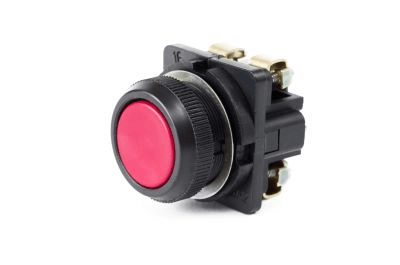What Is a Bonding Wire?

The bonding wire is a thin metal wire used in the “wire bonding” process, one of the manufacturing processes for semiconductor devices such as ICs and LSIs. It is a connection material used to exchange power and electrical signals between semiconductor devices and the outside of the package.
IC chips made in the front-end process of semiconductor manufacturing are separated from wafers in the back-end process and fixed one by one to a metal plate called a lead frame inside the package. A bonding wire is then used to connect the electrodes of the chip to the lead frame.
Uses of Bonding Wire
The bonding wire is used as a material to connect the electrode pads of semiconductor devices to the lead frames in the back-end process of semiconductor device manufacturing.
In the wire bonding process, the wire is connected to the electrode; the wire is deformed to form a loop; the wire is connected to the external terminal, and then the wire is cut, a process repeated at high speed. This process is the same for semiconductor devices with a small number of pins, such as discrete semiconductors and general-purpose ICs, as well as for semiconductors with more than 100 pins, such as LSIs.
Principle of Bonding Wire
Bonding wire materials include gold, silver, copper, and aluminum.
Gold bonding wire is the most commonly used high performance wire. It has excellent electrical conductivity, corrosion resistance, processability, and chemical stability. It is effective for bonding long spans, where the distance between the chip electrode and the lead frame is long. It is also effective for fine pitch bonding, where the distance between the leads is very narrow. There is a disadvantage that it is expensive because it is made of gold with a purity of 99% or higher.
Silver and copper bonding wires have been developed to replace expensive gold bonding wires to significantly reduce costs.
Aluminum bonding wire is used in power devices that require high current flow in harsh environments. They have excellent bondability and moisture resistance and are used as thicker diameter wires or ribbon-shaped wires.
There are two bonding wire connection methods: ball bonding and wedge bonding.
Ball bonding is the most common wire bonding method. The bonding wire passes through a tube called a capillary in the bonding device, and an electrical discharge melts the wire at the bottom of the capillary to form a metal ball at the tip. The capillary descends from just above the connection point to below, and when the ball hits the metal pad, ultrasonic waves, heat, and load are applied to deform the wire and bond it to the pad.
Gold, silver, and copper wires are used for ball bonding, but aluminum wire is not suitable for ball bonding because its surface is oxidized by electrical discharge.
In wedge bonding, a tool called a wedge is passed through the wire and ultrasonic waves and loads are applied to the wire to bond it to the pad. Since it does not melt the wire by causing an electrical discharge as in ball bonding, it is often used for bonding aluminum wire, but gold, silver, and copper wire can also be used.